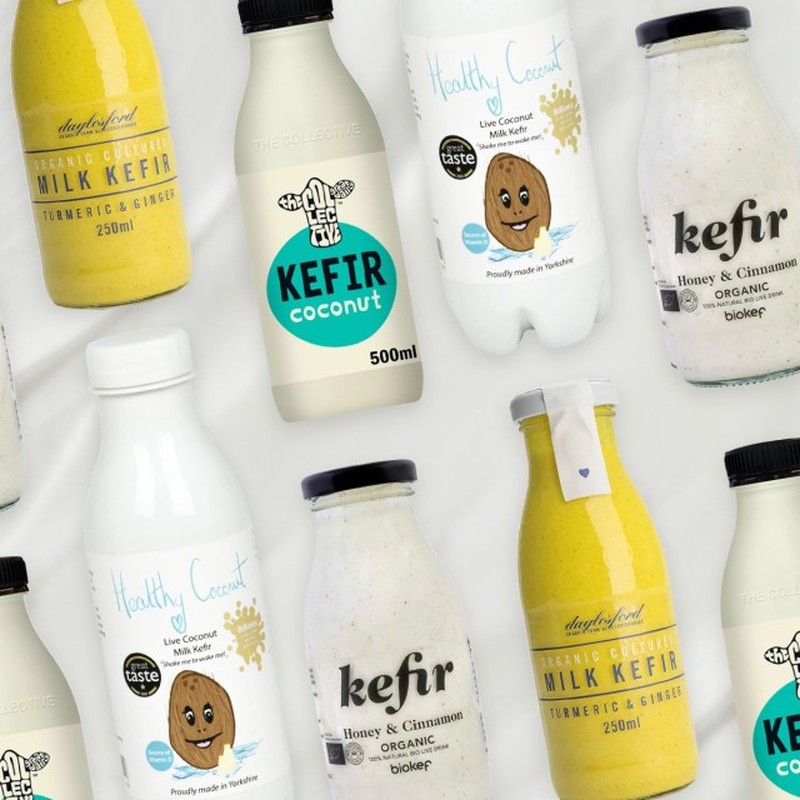The Probiotic Gut Superfood You Need To Know
It’s A Supercharged Form Of Yoghurt
Kefir is a fermented dairy drink that provides a rich source of bacterial strains, or probiotics, explains Rhian Stephenson, nutritionist, naturopath and founder of Artah. “Like sourdough, kefir is made by fermenting a bacterial culture starter for 24 hours. Creamy and liquid in texture, it’s very similar to a thin yoghurt, and has been popular for centuries in Eastern Europe and Central Asia, where people have long attributed it with good health.” Although kefir is similar to yoghurt, the two aren’t quite on a par when it comes to health benefits. “Both are known for their probiotic qualities, but kefir is superior as it has the ability to colonise the intestinal tract with beneficial flora,” adds Sam Murphy, founder of Ki Kefir. “And while probiotic supplements can help, studies show the strains available in kefir are better absorbed by the body, so they can get to work where they’re needed.”
IBS & Constipation Sufferers Should Try It
Traditionally made kefir contains up to 60 different beneficial strains of bacteria and yeasts, giving your gut microbes a helping hand, says Sam. “Such a potent dose has been linked to significantly improving IBS and other digestive issues, as well as dramatically improving eczema and other skin issues like psoriasis and rosacea, as well as the elimination of bacterial overgrowth infections such as thrush and candida. In fact, people with IBS have reported almost instant results, with symptoms improving within just a couple of days.” Rhian agrees, adding that if you are prone to constipation, you may notice an immediate positive change in your bowel movements. “Other things you may notice are better digestion, appetite control and less bloating,” she says.
It’s Surprisingly Low In Lactose
Despite being made from cow’s milk, the way kefir is made means it’s easily digested even if you struggle with dairy, says Camilla Gray, nutritional therapist for Optibac. “Because of the fermentation process, lactose isn’t present in dairy kefir, so it can be safely consumed by someone with a lactose intolerance. What’s more, studies show that the consumption of kefir can improve lactose digestion and tolerance. If you typically struggle to digest dairy, it could be a good idea to look for a kefir that’s made with organic milk – or even raw milk – as this will contain more nutrients and fewer antibiotics and hormones that could irritate the gut.”
Little & Often Is The Way To Go
For the best results, have a small amount of kefir two to three times a week, advises Sam. “As bacteria passes through the body, it’s important to stay consistent with regular consumption. Start with 100-200ml of kefir every one to three days and see how your body responds. When it comes to seeing the results, it’s important to know that your gut microbes respond to the food and drink you consume as well as sleep, stress and exercise, so if you’re looking to make real changes, take a 360° approach.” At the same time, if you have a very sensitive stomach, the experts recommend starting with a few tablespoons of kefir and working your way up.
Authentic Kefir Is Best
Like many health products, kefir is ubiquitous on supermarket shelves but knowing what to look for could be the difference between a good kefir and one that’s virtually void of probiotics.
“The most potent and authentic kefirs are made with living grains, so look out for packaging that says ‘made with living cultures’. Any decent brand will be transparent about how their kefir is made – don’t be afraid to get in touch with a brand to ask,” advises Sam. “Many brands also claim to have billions of bacteria in their kefir, but this may only be across a low number of strains. If you have good taste buds, it’s often possible to work this one out for yourself. A good-quality kefir will have a slight effervescence – it’s often referred to as the champagne of the dairy world. Given it’s a living food, it will change quite quickly over the course of its shelf life. Fermentation will continue in the bottle, so the kefir you have on day one will be very different to the product you have on day 20. On the other hand, kefir made with powdered bacteria will stay consistent in taste over its shelf life.”
The milk source matters too, says Sam. “In an ideal world, look for kefir that’s made from grass-fed dairy as this is far more nutrient dense than a non-organic kefir, or kefir that comes from grain-fed cows.”
Vegan Options Aren’t As Potent
If you don’t eat dairy, plant-based versions of kefir do exist, but Sam says they may not be as potent as milk-based kefir and may not have the same shelf life. “The nutrients that exist within cow’s milk enable the bacteria in the kefir grains to thrive, whereas the same may not be the case for kefir made from milks like coconut. From a traditional standpoint, kefir should only be made using animal milk, as the nutrients in the milk are a vital part of the process. Using alternatives changes the nature of kefir, so it’s important to keep this in mind.” However, if you are allergic to dairy, like Rhian, plant-based kefir still has benefits. “Water kefir is a great choice is you struggle with dairy. Purearth water kefir is great – it’s also low in sugar, 100% organic and rich in antioxidants.”
Be Wary Of Added Sugar
To offset kefir’s natural tang, many brands pack kefir with added sugar. As with any health food, it’s important to be mindful of the quality of your kefir, Rhian continues. “Since kefir has become more popular, supermarket shelves have been flooded with new brands and flavours, many of which have high amounts of sugar and chemical sweeteners, which could counteract its benefits,” she says. Sam agrees, saying a sugar-free kefir is the gold standard. “Remember kefir was invented as a means of preserving food, therefore it shouldn’t have anything added to it. Sugar can be damaging to the gut, so it defeats the point of drinking kefir.”
Get Creative
If you want to reap the benefits of kefir but don’t love the taste, add your own, sugar-free flavourings, such as vanilla extract, cinnamon or a small amount of honey. “The taste of kefir is similar to natural yoghurt or fromage frais but try blending it with frozen fruit or banana for a fruity twist. Just be sure not to mix kefir with hot drinks as heat can damage the delicate live cultures,” says Camilla.
For more information, visit OptibacProbiotics.com, KiKefir.com & Artah.co
Shop SL’s Edit Of The Best Kefirs…
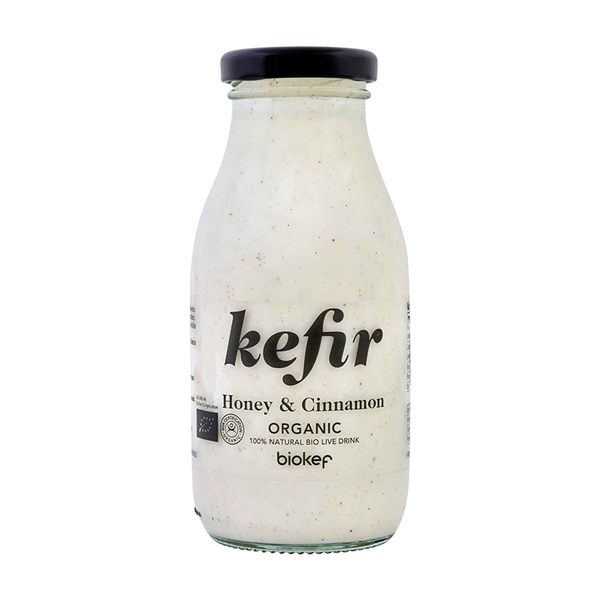

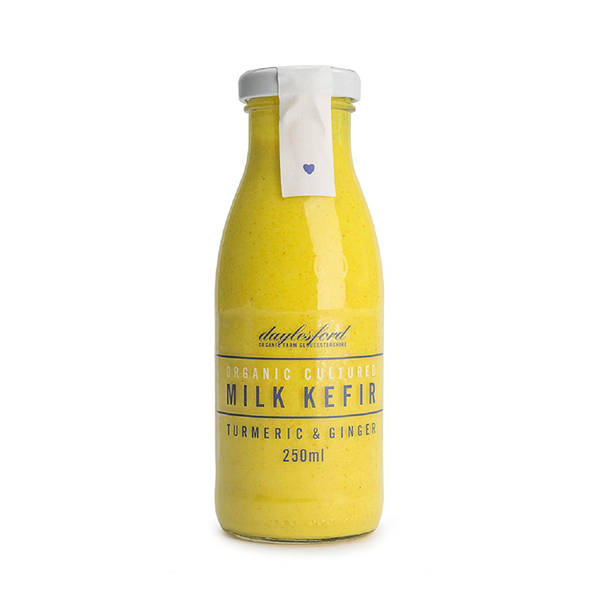
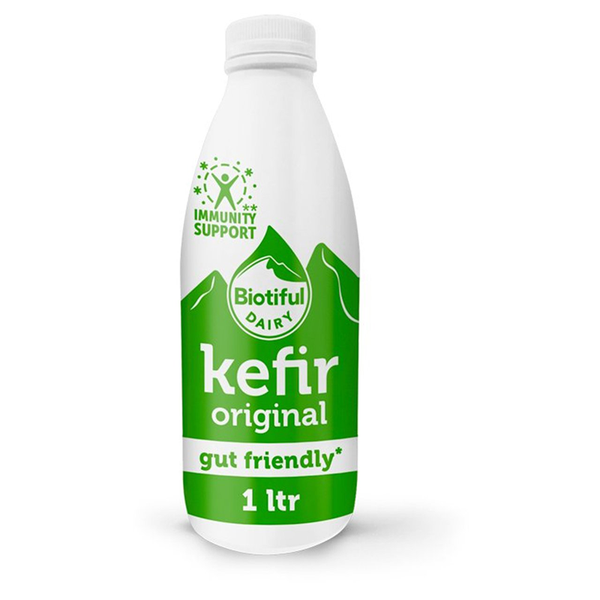
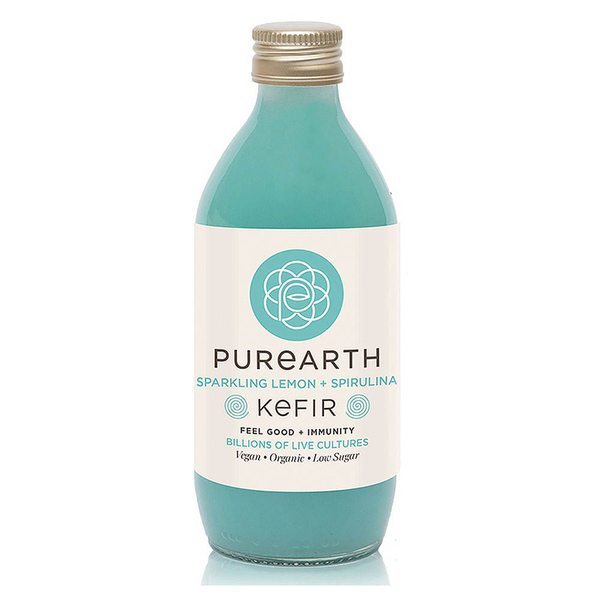
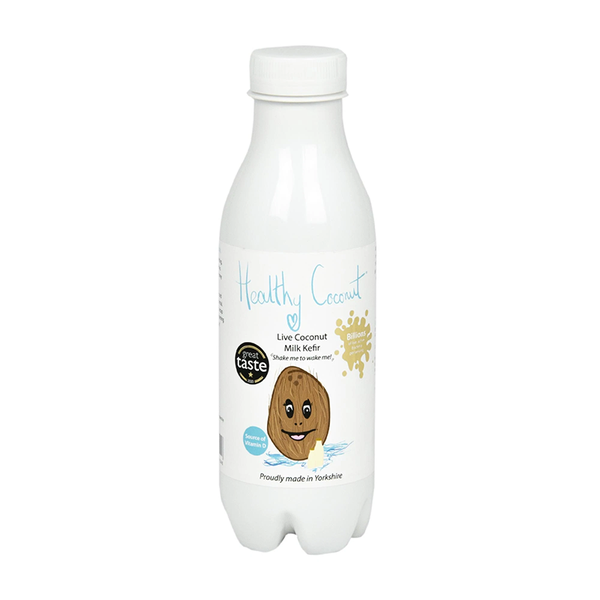
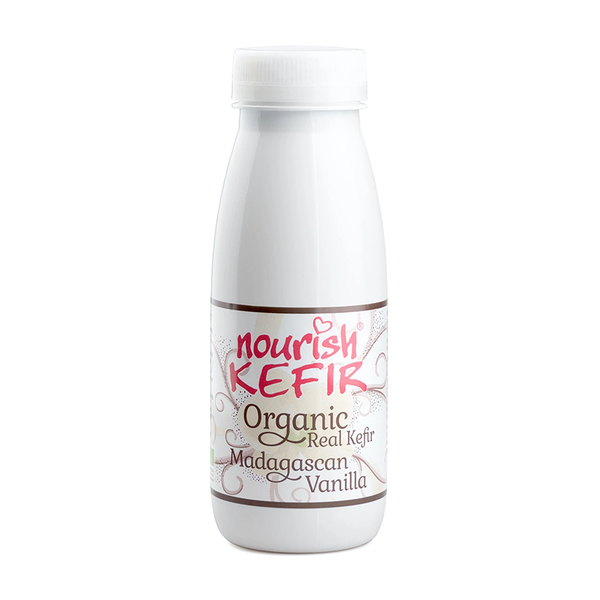

DISCLAIMER: Features published by SheerLuxe are not intended to treat, diagnose, cure or prevent any disease. Always seek the advice of your GP or another qualified healthcare provider for any questions you have regarding a medical condition, and before undertaking any diet, exercise or other health-related programme.
DISCLAIMER: We endeavour to always credit the correct original source of every image we use. If you think a credit may be incorrect, please contact us at info@sheerluxe.com.
